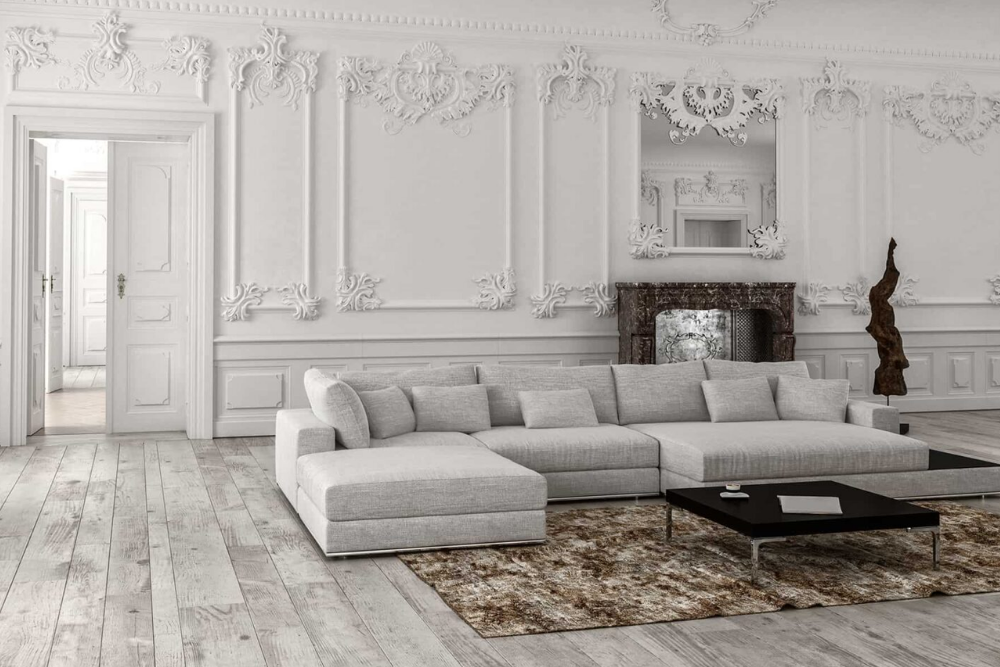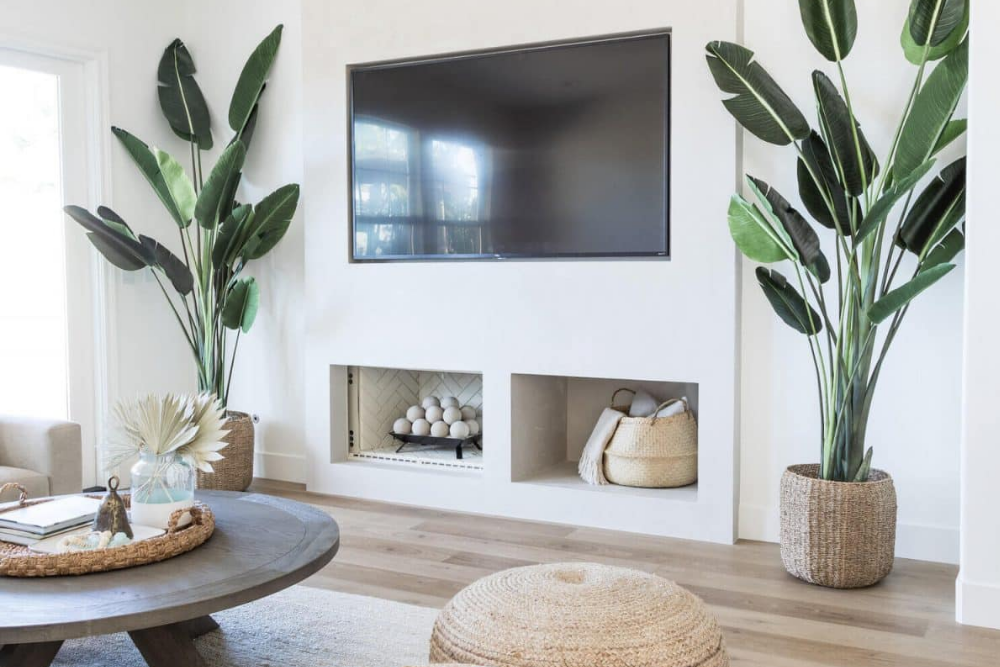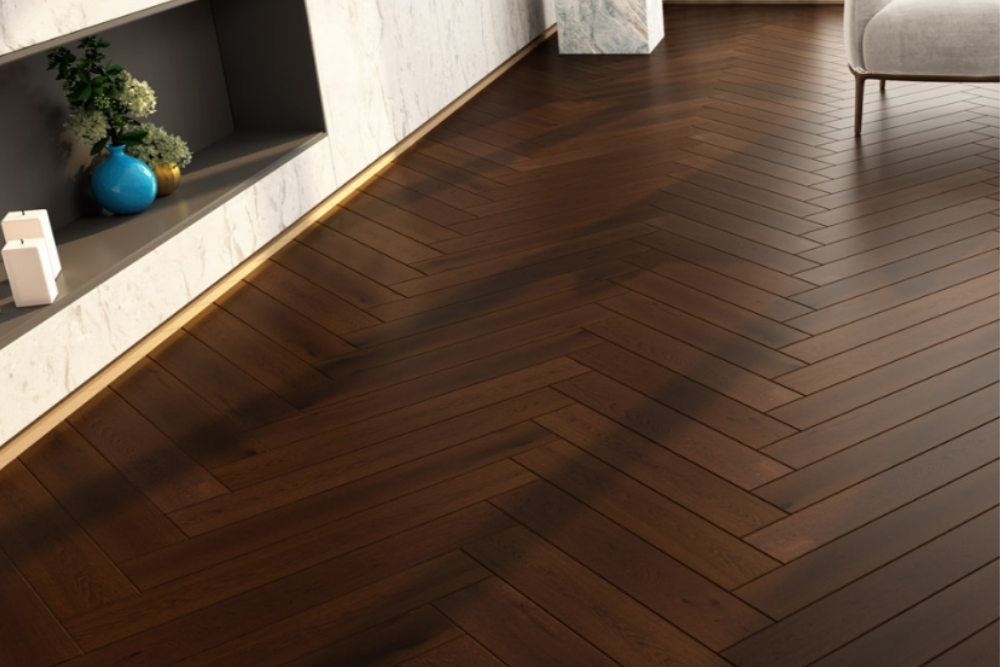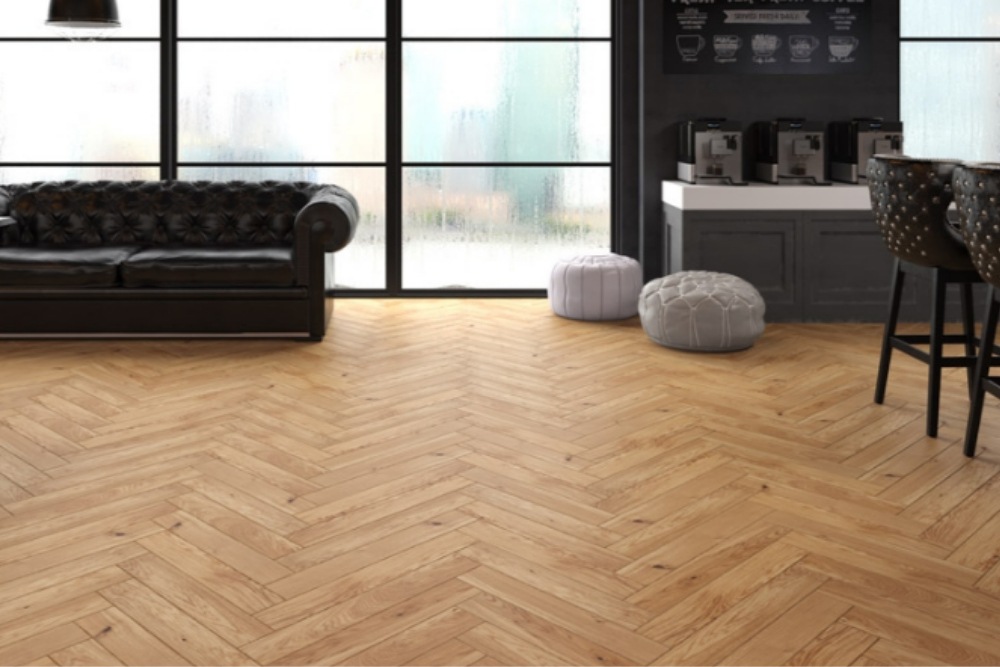
The first sculptures and decorative elements placed on walls appeared in Ancient Rome. At that time, plaster works were used to decorate both interiors and the facades of buildings. In medieval architecture, with the exception of the Romanesque and Gothic periods, this form of decoration was abandoned. Then, especially during the Renaissance, Baroque and Classicism periods, plaster motifs was back on the agenda. Classicism, in particular, emphasized decorative motifs referring to ancient culture
Modernism, on the other hand, opposed ornamentation and adopted minimalist solutions. However, it is a known fact that history loves repetition. The rediscovery of wall decorations in today's interior designs and the wall decors used in living spaces confirm this.
Today,
lighter and more economical raw materials and components are being used for
wall decoration instead of a filling mixture of fine sand, plaster, lime and
marble dust. Drywall, polyurethane foam and polystyrene with protective
coatings stand out.

The noble appearance of wall decor made of drywall is due to the fact that the volumes it creates can form distinct surfaces. The material offers the possibility of creating a wide variety of patterns and shapes, creating an aesthetic whole. However, its cost makes it disadvantageous. Due to the high cost and installation process, polystyrene and polyurethane alternatives are generally preferred to such decorative components.

Polystyrene, a light, hard and temperature-resistant plastic material, is usually in foam form and is used for various purposes. The advantages of polystyrene wall decorations are their low prices, lightness and ease of installation. Their high sensitivity to damage is known as a disadvantage.
Polyurethane, on the other hand, is widely used in the field of decoration due to its anti-bacterial, heat, moisture, all-weather resistant structure, long life and environmental friendliness. Thanks to these features, polyurethane foam fillings can also be used in bathrooms and kitchens.
Since this tradition is rooted in the
aesthetics of ancient Rome and Greece, wall decor evokes a sense of grandeur
and is primarily associated with elegant interiors. But wall decor is
increasingly being applied in modern interiors as well. In such spaces, opting
for layered herringbone flooring takes the sense of style to the next level.
The movement of wall and floor creates a harmony and dynamic atmosphere that
draws its strength from contrast. Dendro's Chevron & Herringbone series
offers suitable options for creating an authentic and dynamic atmosphere. The
Yesemek-D72 product from this collection, for example, would be a suitable
choice for spaces with wall decor.

Natural and honey-colored oak planks with a classic herringbone pattern are suitable for the flooring of stylized apartments. Among the variants with these characteristics, Olympos-D11 from the same collection is a simple and striking alternative.

https://blog.balticwood.pl/sztukateria-scienna-do-jakich-wnetrz-pasuje-i-z-czym-ja-laczyc/
https://www.thespruce.com/how-to-install-wall-paneling-5443003
https://www.craftyapi.com/bilgi-bankasi